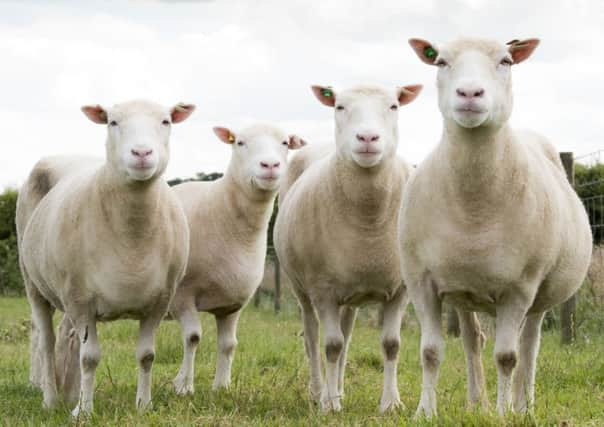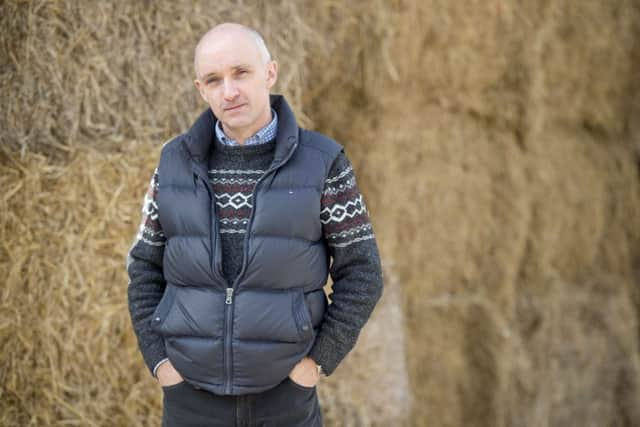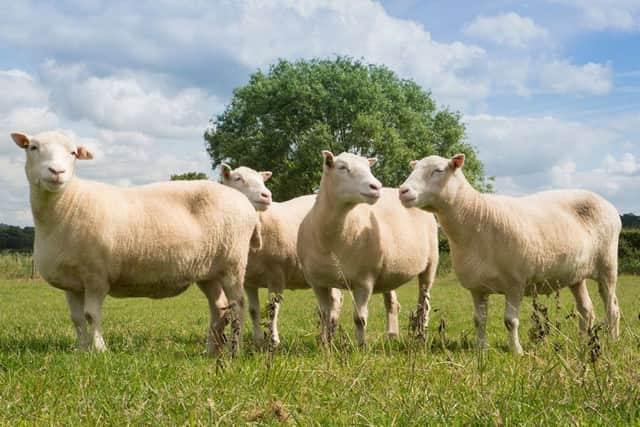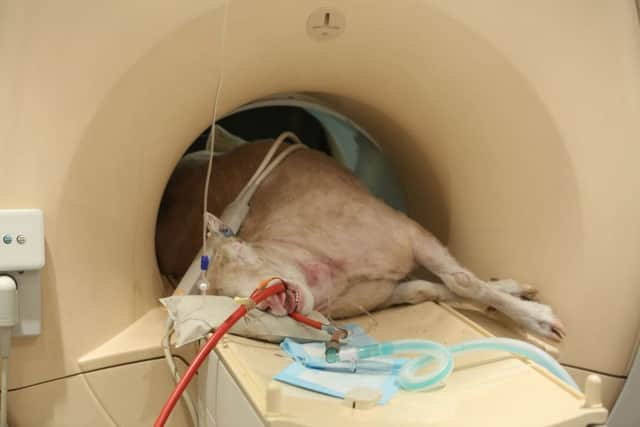Here are four we made earlier: Future looking less woolly for cloned siblings of Dolly the sheep


Debbie, Denise, Dianna and Daisy have just passed their ninth birthday. They were cloned using cells from the same adult sheep as Dolly, who stunned the scientific community when she was born more than 20 years ago.
Concerns were raised that Dolly, the first cloned mammal, had aged prematurely when she was diagnosed with osteoarthritis at a relatively young age.
Advertisement
Hide AdAdvertisement
Hide AdBut researchers have been given hope that the poor health of Dolly was not a result of the process that led to her creation, as all four of her siblings remain healthy.


The four cloned sheep, nicknamed the Nottingham Dollies, are part of a flock of 13 being monitored by scientists at the University of Nottingham.
The university’s Professor Kevin Sinclair said of the findings, published in the journal Nature Communications: “One of the concerns in the early days was that cloned offspring were ageing prematurely and Dolly was diagnosed with osteoarthritis at the age of around five, so clearly this was a relevant area to investigate.
“Following our detailed assessments of glucose tolerance, insulin sensitivity, blood pressure and musculoskeletal investigations, we found that our clones, considering their age, were at the time of our research healthy.”
Advertisement
Hide AdAdvertisement
Hide AdIt is hoped that the sheep’s healthiness, which was determined in comparison to naturally bred sheep living at the university, is a sign that it is possible for cloned animals to lead longer and healthier existences.


The study examined the 13 sheep between seven and nine years. Dolly died when she was six-and-a-half years old.
Some of the animals showed signs of mild or moderate osteoarthritis but none were lame or required treatment for the condition, researchers said.
The method used to create Dolly and her siblings is called somatic cell nuclear transfer (SCNT), which involves transferring an adult cell nucleus containing an animal’s “signature” DNA to an unfertilised donor egg whose own nucleus has been removed.
Advertisement
Hide AdAdvertisement
Hide AdElectrical stimulus causes the egg to start dividing and form an embryo that is genetically identical to the donor of the adult cell.


The Nottingham flock came about as a result of studies that were striving to improve the efficiency of SCNT.
Part of the cloning process involved “re-programming” cells so that they became blank slates with limitless potential, which helped advance work in stem cell science following Dolly’s birth.
Professor Sinclair added: “Despite technological advances in recent years, efficiency of SCNT remains low but there are several groups across the world working on this problem at present and there is reason to be optimistic that there will be significant improvements in future.
Advertisement
Hide AdAdvertisement
Hide Ad“These improvements will stem from a better understanding of the underlying biology related to the earliest stages of mammalian development.


“In turn this could lead to the realistic prospect of using SCNT to generate stem cells for therapeutic purposes in humans as well as generating transgenic animals that are healthy, fertile and productive. However, if these biotechnologies are going to be used in future we need to continue to test their safety.”